to master flyfishing, and no matter how proficient you become, there will always be more for you to learn. Or, you can enjoy a lazy afternoon on a creek bank trout fishing with your kid. The key to becoming a truly great angler, and to getting the most out of this book, is to recognize that these two ends of the spectrum are not mutually exclusive. If you pursue both with the same zeal, the sport of flyfishing can make you happy your entire life. Thats the goal of the book youre holding in your hands. Field & Stream magazines experts want to make sure that you have the knowledge, skills, and attitude to have a blast every time youre on the water.
For me, the key is to try new things while not forgetting about what youve loved in the past. Lately Ive been obsessed with hiking to small mountain streams to cast tiny flies to small trout that spook as soon as I make a mistake. Im catching a few, but more important, Im learning a lot and loving the challenge.
Joe Cermele, Field & Stream s fishing editor and the author of this book, is the ideal guide for this lesson. Cermele has traveled around the world fishing, and he is one of the most talented anglers Ive ever met. He shares a wealth of tactics, tips, and techniques. Now its up to you to go out on the water and find your fun. Go for it.
THE FIRST FISH I EVER CAUGHT ON A FLY ROD

was a bluegill when I was 10 years old. I had no idea what I was doing, but somehow that summer afternoon, one of my wild flails got a little Wooly Buggerone of six flies I ownedjust far enough off the bank to get eaten. I was instantly in love with flyfishing, and 22 years later, Ive come to realize that no matter your skill level, the excitement of a hooking a fish on fly mirrors the first time again and again.
I believe thats because flyfishing makes you think. Every aspectfrom where you stand, to how your fly lands, to how youll fight a fishrequires calculation. Is it more work than casting and retrieving a lure? Absolutely, but its this challenge that makes every fish caught on fly a little sweeter.
What I dont believe is that flyfishing is superior to any other form of the sport. To me, a fly rod is another tool in my arsenal, and just as a good golfer needs to know how to putt and drive, all anglers should have a basic understanding of flyfishing. Fish long enough and I guarantee a scenario will arise when a well-presented fly will hook a fish faster than any lure or bait. And whether you are a life-long flycaster or thinking about buying your first outfit, I promise this book will ready you for any situation you face with a fly rod in hand.
JOE CERMELE
Fishing Editor, Field & Stream
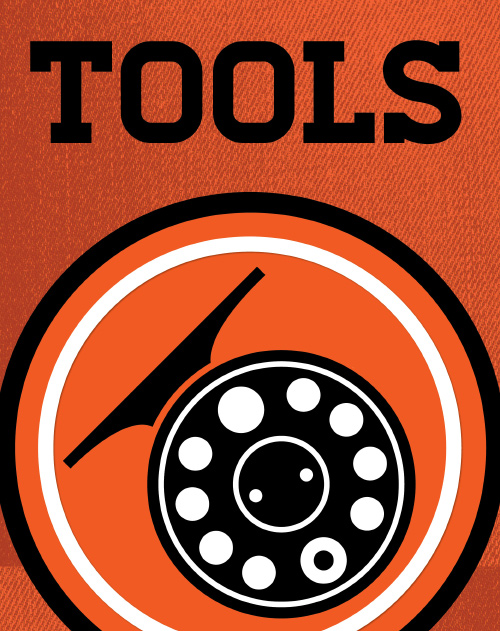


OF ALL THE FLY SHOPS IVE VISITED
over the years, none has stuck with me more than Trout Brook Fly Shop in Trout Brook, New Brunswick, Canada. Its just a tiny shack off a quiet country road in the middle of nowhere that caters to local Atlantic salmon fishermen. The folks who own Trout Brook dont stock flasks, T-shirts, reels worth a thousand dollars, or titanium nippers. They have only what you need. Their 50-dollar reels will land salmon just fine, and their 99-cent nippers will cut your line perfectly. They do, however, have an exceptional assortment of hand-tied salmon flies and, even more important, years of tips and tricks to share about getting finicky Atlantics to hit those flies.
My hope is that your take-away from this chapter matches what I took from Trout Brook: a clear understanding of what you need to be effective on the water without all the add-on sales. Here you will find the basic breakdowns of the gear that matters most, backed up with insider tips, tricks, and tweaks to get the most out of all your equipmentyour rod, your net, your flies, and even the soles of your wading boots.

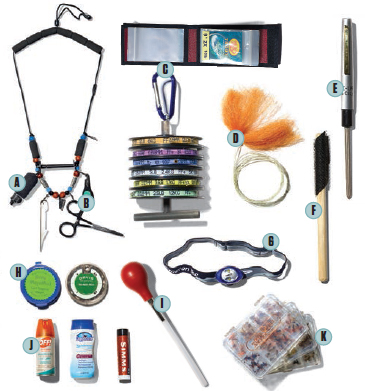
BUILD A PRO TROUT KIT
Flyfishing guide Pat Dorsey is a hot-stick guide on some of Americas toughest trout waters. Over the years, hes gotten gear organization down to a science. Here, he shares the stuff that he cant fish without.
 MULTITOOL The Tie-Fast knot-tying multitool is always handy and speeds the knot-tying process.
MULTITOOL The Tie-Fast knot-tying multitool is always handy and speeds the knot-tying process.
 NIPPERS & HEMOS These are the tools he uses most. Absolutely essential.
NIPPERS & HEMOS These are the tools he uses most. Absolutely essential.
 TIPPETS & LEADERS Dorsey uses mono Rio Powerflex leaders, sizes 2X through 6X, and organizes them in a Rio Leader Wallet. He separates his spools of mono and fluoro tippet onto two Tippet-T holders. I use mono 80 percent of the time, and save the fluoro for clear water and really spooky fish, he says.
TIPPETS & LEADERS Dorsey uses mono Rio Powerflex leaders, sizes 2X through 6X, and organizes them in a Rio Leader Wallet. He separates his spools of mono and fluoro tippet onto two Tippet-T holders. I use mono 80 percent of the time, and save the fluoro for clear water and really spooky fish, he says.
 STRIKE INDICATORS Here is a Dorsey hallmark: He makes his indicators from Holly Twist brown craft yarnpre-cut in 1-inch stripsthat he gets at a crafts store. He fastens the yarn to leaders with orthodontic rubber bands. Yarn is most sensitive in detecting strikes, Dorsey says.
STRIKE INDICATORS Here is a Dorsey hallmark: He makes his indicators from Holly Twist brown craft yarnpre-cut in 1-inch stripsthat he gets at a crafts store. He fastens the yarn to leaders with orthodontic rubber bands. Yarn is most sensitive in detecting strikes, Dorsey says.
 SHARPENER Too many anglers fish with dull hooks and wonder why they dont catch more trout. I check my hook points when I tie on any fly.
SHARPENER Too many anglers fish with dull hooks and wonder why they dont catch more trout. I check my hook points when I tie on any fly.
 FLUFFING TOOL To fluff out the yarn of his indicators, Dorsey carries this homemade tool. To make one, wrap a strip of Velcro tape (the teeth half) around one end of a wooden dowel. Fluff the yarn by brushing it with the Velcro.
FLUFFING TOOL To fluff out the yarn of his indicators, Dorsey carries this homemade tool. To make one, wrap a strip of Velcro tape (the teeth half) around one end of a wooden dowel. Fluff the yarn by brushing it with the Velcro.
 HEADLAMP Not many other guides I know carry a headlamp, but I dont ever want to be caught hiking out of a dark canyon or trying to fish an evening hatch without one.
HEADLAMP Not many other guides I know carry a headlamp, but I dont ever want to be caught hiking out of a dark canyon or trying to fish an evening hatch without one.
 WEIGHT Dorsey carries two types of sinkers: Mojo Mud, a soft tungsten-based weight; and Orvis nontoxic split shot. I use split shot as a base, and then form Mojo Mud around it. I can add or remove Mojo Mud to adjust my nymph rig weight from run to run, which is important because Ill change weight a few times before I even think about switching flies.
WEIGHT Dorsey carries two types of sinkers: Mojo Mud, a soft tungsten-based weight; and Orvis nontoxic split shot. I use split shot as a base, and then form Mojo Mud around it. I can add or remove Mojo Mud to adjust my nymph rig weight from run to run, which is important because Ill change weight a few times before I even think about switching flies.

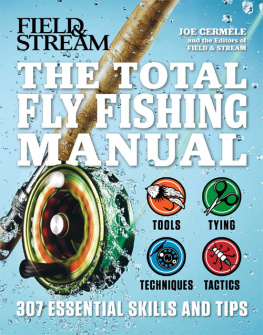
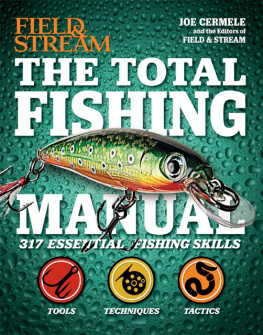


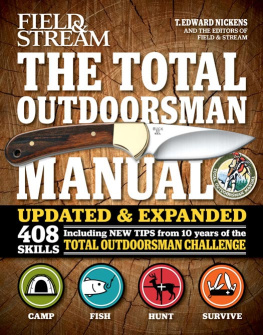

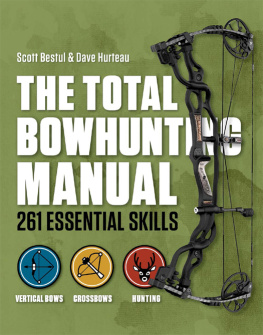
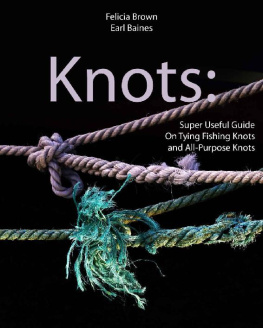

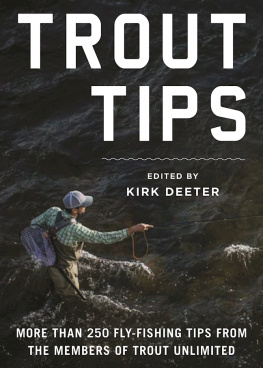
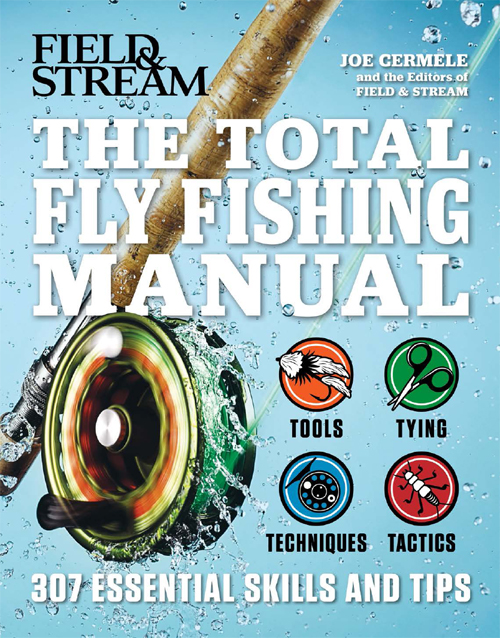









 MULTITOOL The Tie-Fast knot-tying multitool is always handy and speeds the knot-tying process.
MULTITOOL The Tie-Fast knot-tying multitool is always handy and speeds the knot-tying process. NIPPERS & HEMOS These are the tools he uses most. Absolutely essential.
NIPPERS & HEMOS These are the tools he uses most. Absolutely essential. TIPPETS & LEADERS Dorsey uses mono Rio Powerflex leaders, sizes 2X through 6X, and organizes them in a Rio Leader Wallet. He separates his spools of mono and fluoro tippet onto two Tippet-T holders. I use mono 80 percent of the time, and save the fluoro for clear water and really spooky fish, he says.
TIPPETS & LEADERS Dorsey uses mono Rio Powerflex leaders, sizes 2X through 6X, and organizes them in a Rio Leader Wallet. He separates his spools of mono and fluoro tippet onto two Tippet-T holders. I use mono 80 percent of the time, and save the fluoro for clear water and really spooky fish, he says. STRIKE INDICATORS Here is a Dorsey hallmark: He makes his indicators from Holly Twist brown craft yarnpre-cut in 1-inch stripsthat he gets at a crafts store. He fastens the yarn to leaders with orthodontic rubber bands. Yarn is most sensitive in detecting strikes, Dorsey says.
STRIKE INDICATORS Here is a Dorsey hallmark: He makes his indicators from Holly Twist brown craft yarnpre-cut in 1-inch stripsthat he gets at a crafts store. He fastens the yarn to leaders with orthodontic rubber bands. Yarn is most sensitive in detecting strikes, Dorsey says. SHARPENER Too many anglers fish with dull hooks and wonder why they dont catch more trout. I check my hook points when I tie on any fly.
SHARPENER Too many anglers fish with dull hooks and wonder why they dont catch more trout. I check my hook points when I tie on any fly. FLUFFING TOOL To fluff out the yarn of his indicators, Dorsey carries this homemade tool. To make one, wrap a strip of Velcro tape (the teeth half) around one end of a wooden dowel. Fluff the yarn by brushing it with the Velcro.
FLUFFING TOOL To fluff out the yarn of his indicators, Dorsey carries this homemade tool. To make one, wrap a strip of Velcro tape (the teeth half) around one end of a wooden dowel. Fluff the yarn by brushing it with the Velcro. HEADLAMP Not many other guides I know carry a headlamp, but I dont ever want to be caught hiking out of a dark canyon or trying to fish an evening hatch without one.
HEADLAMP Not many other guides I know carry a headlamp, but I dont ever want to be caught hiking out of a dark canyon or trying to fish an evening hatch without one. WEIGHT Dorsey carries two types of sinkers: Mojo Mud, a soft tungsten-based weight; and Orvis nontoxic split shot. I use split shot as a base, and then form Mojo Mud around it. I can add or remove Mojo Mud to adjust my nymph rig weight from run to run, which is important because Ill change weight a few times before I even think about switching flies.
WEIGHT Dorsey carries two types of sinkers: Mojo Mud, a soft tungsten-based weight; and Orvis nontoxic split shot. I use split shot as a base, and then form Mojo Mud around it. I can add or remove Mojo Mud to adjust my nymph rig weight from run to run, which is important because Ill change weight a few times before I even think about switching flies.